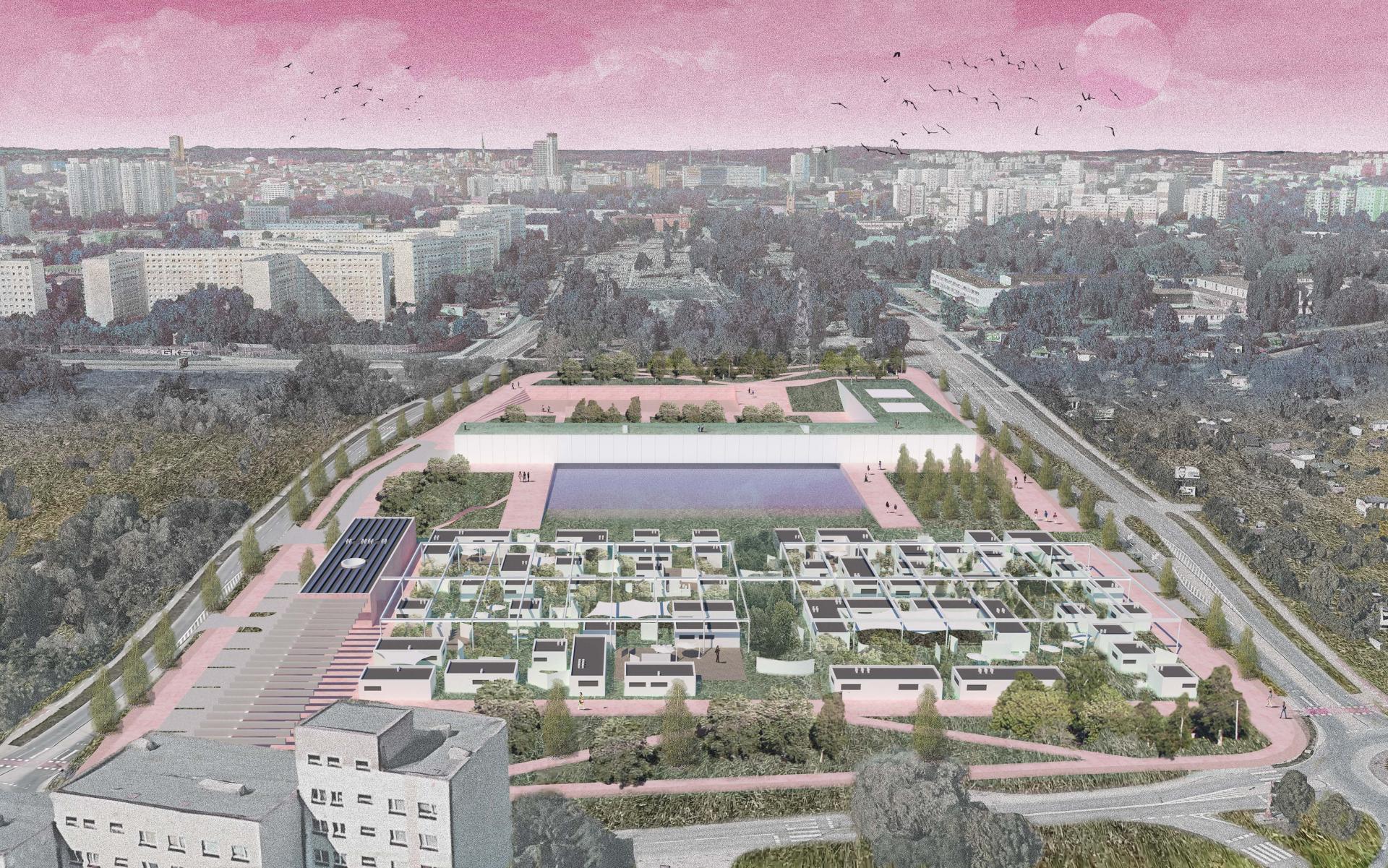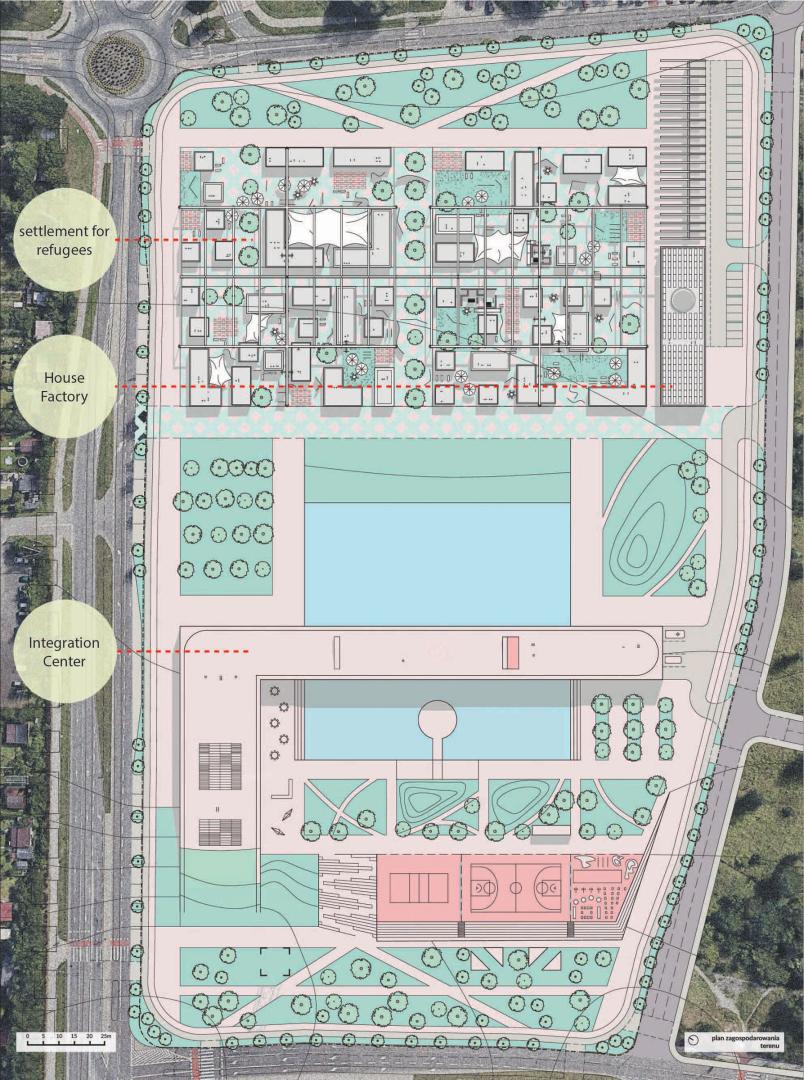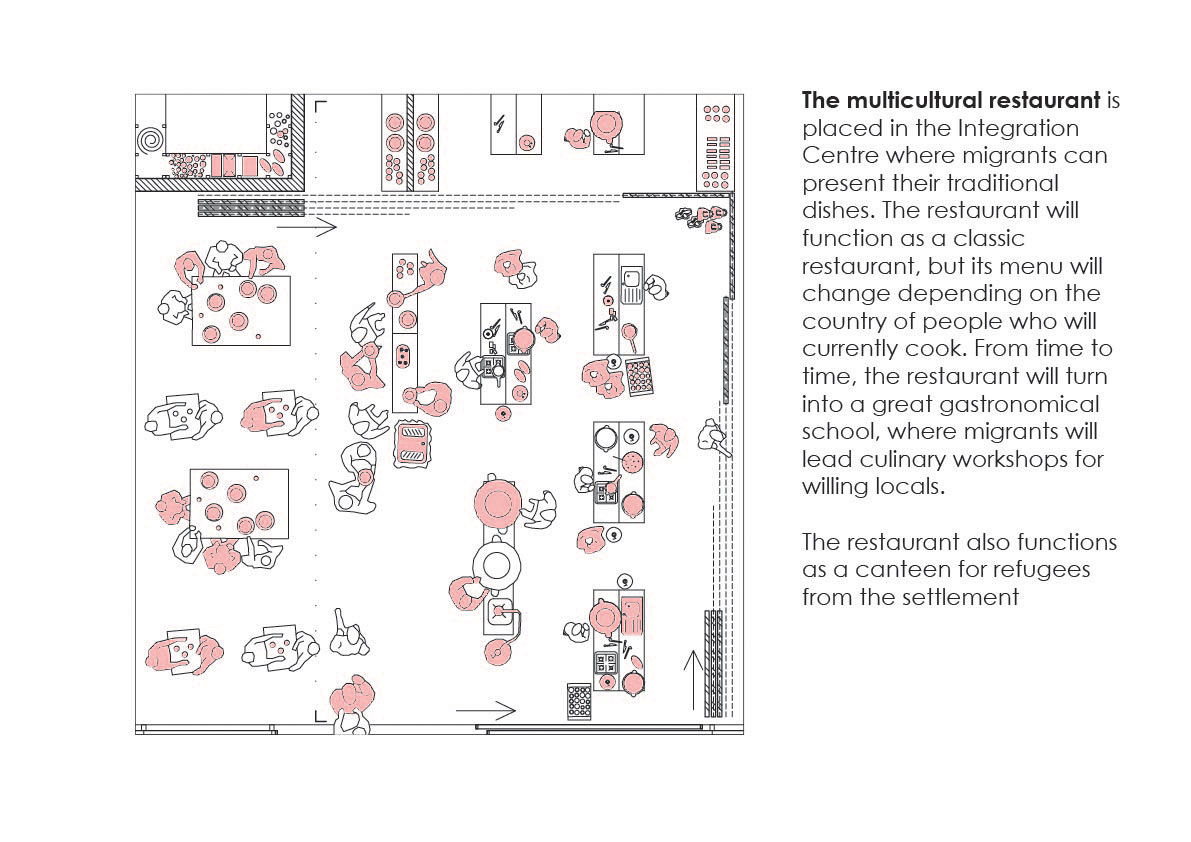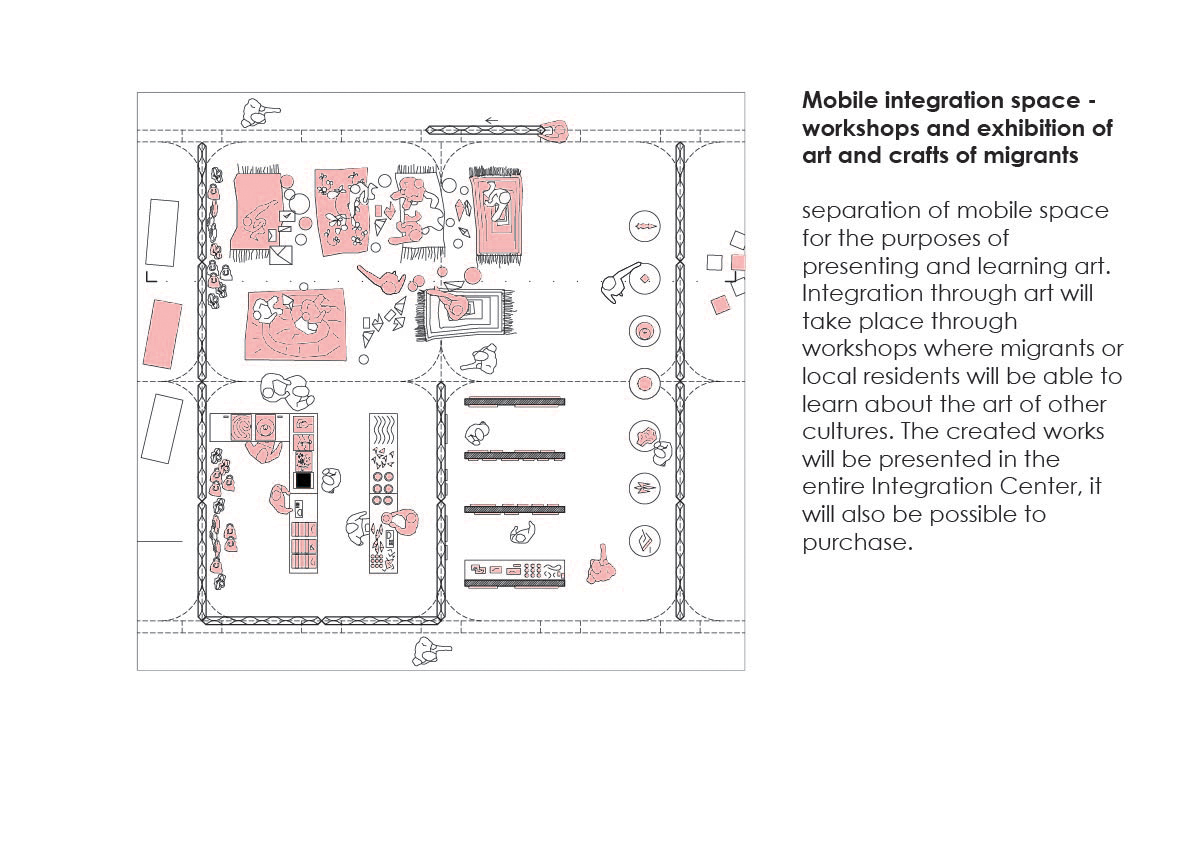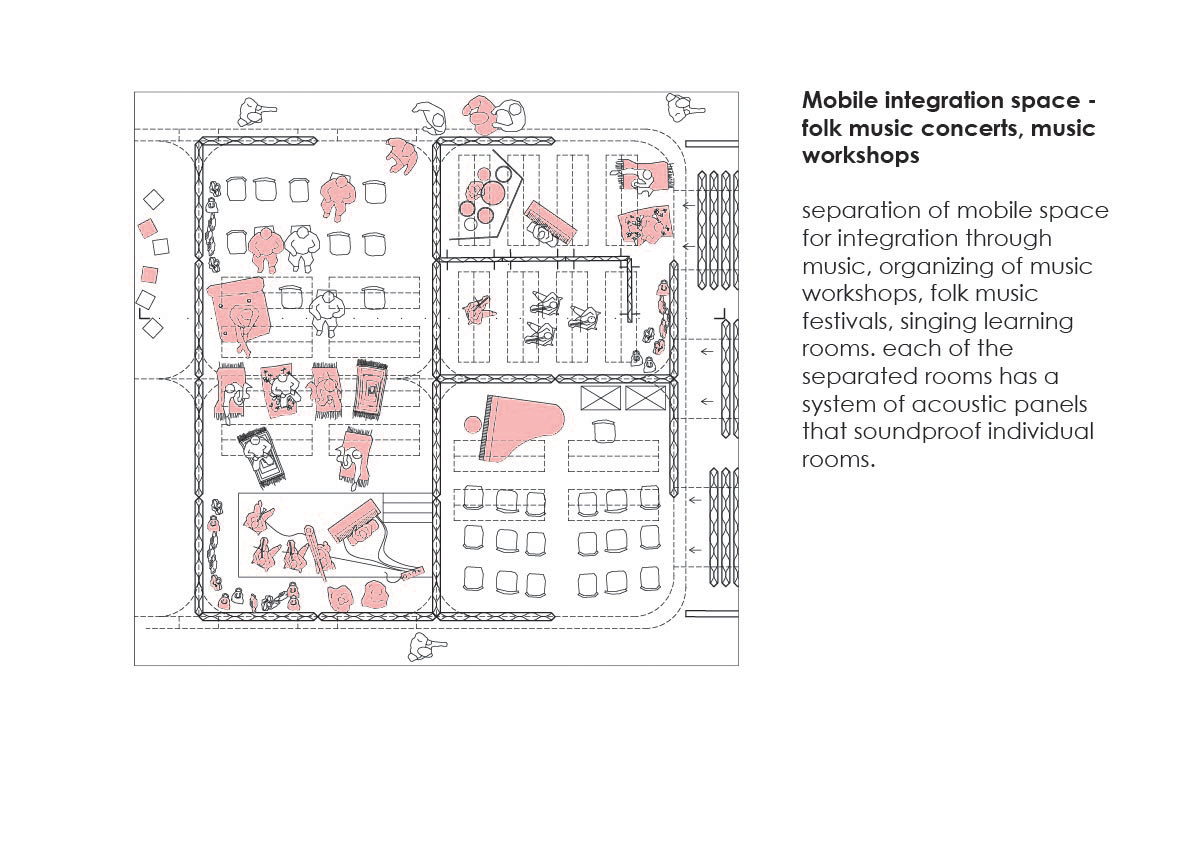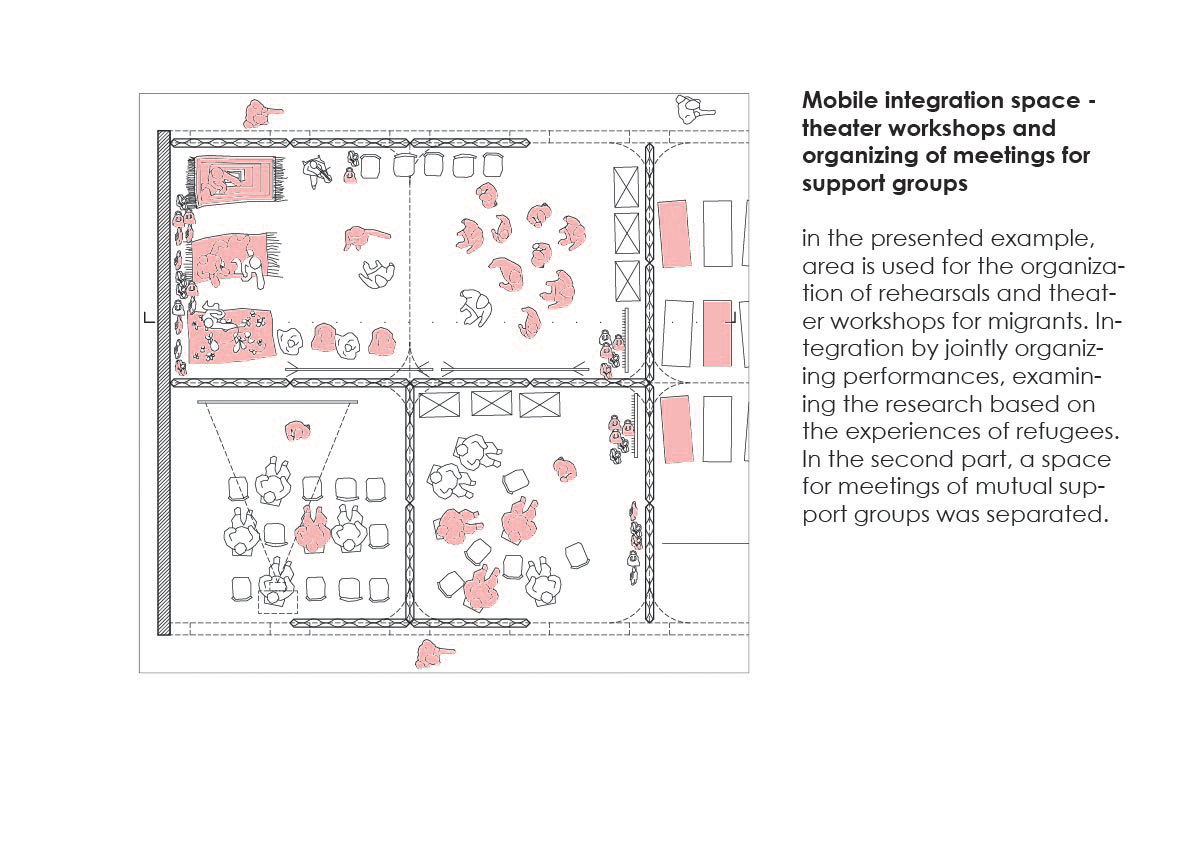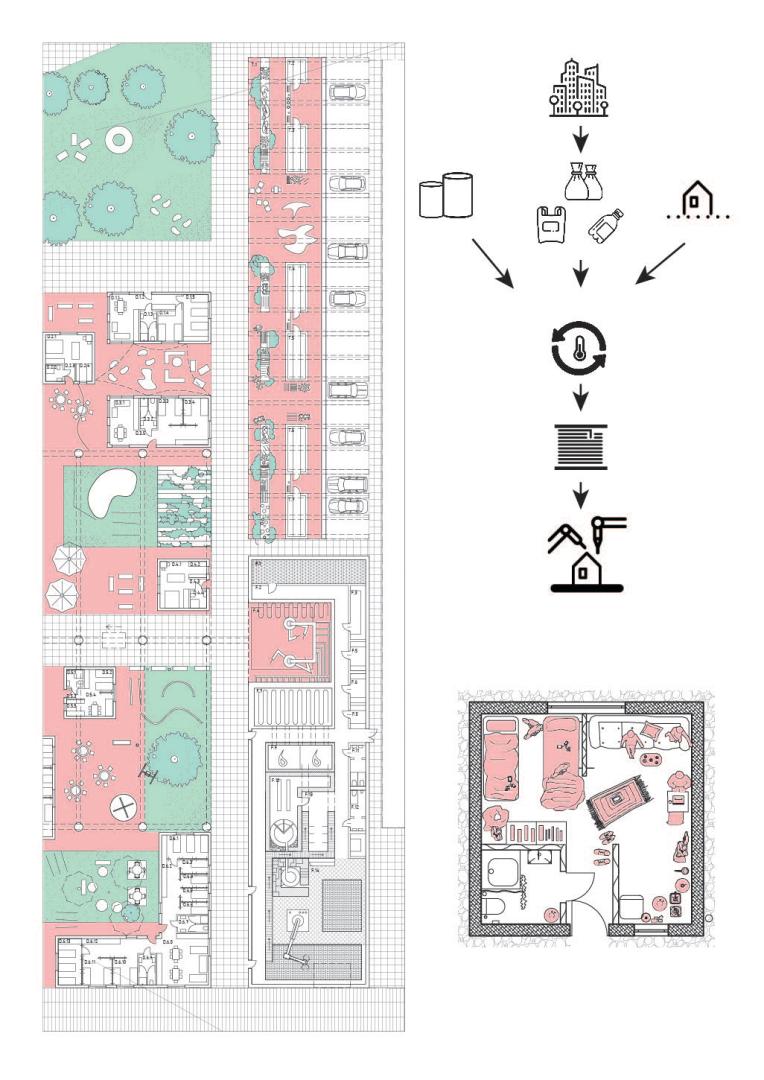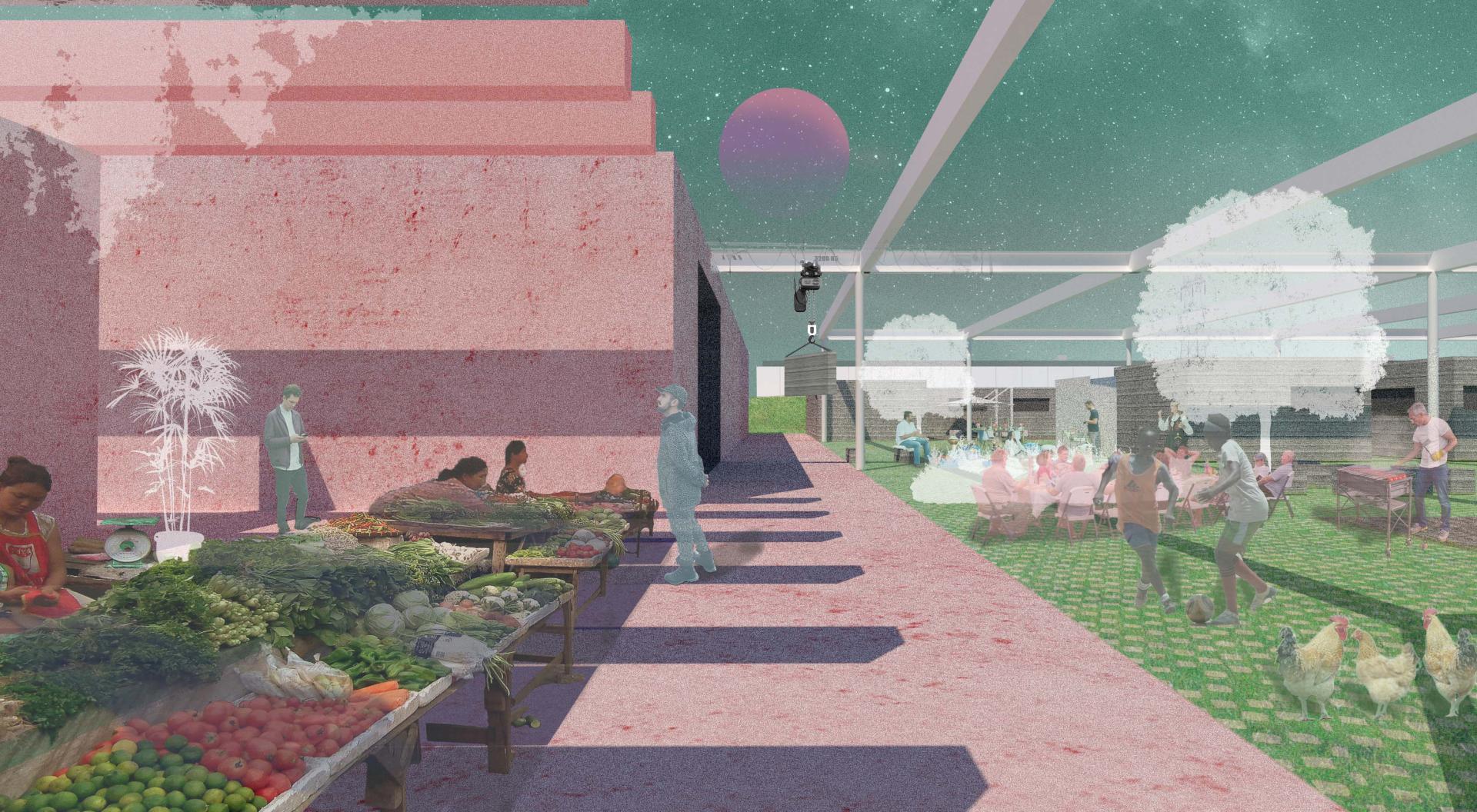Park of Intercultural Integration "PoII"
Basic information
Project Title
Full project title
Category
Project Description
The climate crisis and the continuous development of transport will make the number of immigrants grow. Currently, most countries do not have a developed policy of accepting and integrating immigrants with the local population, which increases social tensions and marginalization of the newcomers. "PoII" will create comfortable conditions for social interactions. The Locals will learn about the culture and customs of the immigrants, and the immigrants will learn to live in a new society.
Project Region
EU Programme or fund
Description of the project
Summary
The climate crisis will render part of our planet unfit for life soon. This will lead to an increase in the number of climate refugees. "PoII" is a project whose main task is to create appropriate conditions and a safe place for immigrants and the local community for integration. The Park is located in the center of Katowice. Katowice is located in Upper Silesia (Poland), a region which, due to its location, used to be a place of mixing of cultures and nationalities. Unfortunately, over the years, we forgot about the tolerance and openness of our ancestors. The Park of Intercultural Integration is to remind us about this and be a place of help and first contact for all immigrants. Incomers will undergo the integration process in the main building of the complex, i. e. in the "Integration Center". This place will allow them to get work, learn the Polish language, and learn about local traditions. On the other hand, The locals will be able to learn about the culture of their new neighbors, for example through culinary workshops, exhibitions of folk art, and presentations of traditions. An additional activity of "PoII" will be helping refugees. Currently, refugees in Poland are treated as intruders, concentrated in refugee centers far from cities, without adequate psychological help and prospects for improving their lives. I would like to change this by building a settlement for refugees in "PoII", where they will have a guaranteed place of stay, accessible psychological and medical care, and an assigned volunteer who will help them integrate. Part of the settlement for refugees will be a "house factory" in which refugees will print their own houses from recycled bioplastic. Thanks to this solution, it will be possible to adjust the number of houses to the number of people currently residing in the settlement. Unnecessary houses will be converted into material for the next printing. The stay in the settlement will be temporary.
Key objectives for sustainability
The main goal of a project is to be ecological and focused on reusing materials. The refugee settlement, which is part of the complex, is printed from recycled bioplastic and can be freely rebuilt as needed. The house is made of modular, printed elements. The house has access to all utilities. Refugees stay there for a maximum of three years because such time is needed to prepare them for life in the new society. After this time, the house may be taken over by another family, or it may be melted down into material for printing the house for other residents in the future.
The main building of the Integration Center has an open plan layout, which allows for any use of the space inside for any purpose. It is not necessary to design a very large facility to accommodate all possible functions because space is adapted depending on the needs. In the building are also a restaurant and an urban farm where immigrants work with volunteers. The restaurant offers regional dishes from native immigrant' cuisine. To prepare them, immigrants use self-grown vegetables and fruit on an urban farm, which they can also sell.
There is also a retention reservoir in the Integration Park. The problem with droughts and the lack of water in Poland has been increasing for years. There are villages where water in the summer must be supplied by water carts. It is therefore important to create places that will allow water to be retained in the soil.
Key objectives for aesthetics and quality
It was very important for me to create a minimalistic space with high aesthetic value. I did not want to impose a specific style so that immigrants would feel free to create a personalized space. The form of the "Integration Center" building resembles a bridge suspended over the water. The bridge symbolizes the bonding of foreign cultures. The façade of the building is made of frosted glass walls, which provide a pleasantly diffused light in the interiors.
In the building of the Integration Center, there will be a multi-faith chapel to meet the spiritual needs of immigrants. It will be a place of worship of all faiths, where meetings with clergymen will take place. The walls of the chapel have small perforations through which light enters. Such a procedure will emphasize the mystical nature of the space.
The area is surrounded by greenery. Nature will isolate the space of a "PoII" from the streets, give you a sense of security, and allow you to relieve stress. The presence of a water reservoir in the area will also allow you to calm down and create a space for recreation.
Key objectives for inclusion
The concept aims to modernize the immigration system in Poland. Immigrants should be able to contact the local population, have access to learn Polish, and find a job, preferably in their learned profession. For this purpose, it is necessary to create a new system for the integration of foreigners, reception, and assistance for refugees, and to facilitate the procedure of obtaining citizenship.
The most important function of "PoII" is integration. It will bring together the inhabitants of Katowice, immigrants, and refugees from the settlement. The local society will learn not only about the culture, customs, and stories of migrants, but most of all it will build a relationship with new neighbors, help understand their situation and get used to their company. This process will make the level of acceptance and tolerance gradually increase among the locals.
Refugees are immigrants who need special attention. They often carry the baggage of many traumas, which is why psychological help is necessary. Refugees from the beginning of their stay in the settlement fully participate in its life, building their own home, and after leaving the center they also can be a support for other refugees.
The integration process is therefore a multidimensional program of assistance, support, and inclusion of migrants in the local society, which should be constantly improved and modified.
Innovative character
Few countries are trying to develop and improve their immigration systems. During the last migration crisis in 2015, helping incoming immigrants was treated as a chore, and the public mood around receiving them was tense. There is no model facility that, together with an efficient integration system, would effectively fulfill the function of building bonds between migrants and the local community. In Poland, the only places that actively deal with the topic of intercultural integration are charities and non-governmental organizations that conduct their activities in rented spaces. I would like the result of my work to create a model "PoII" and a refugee settlement that will facilitate the process of integration and inclusion of immigrants into society.
The refugee settlement in "PoII" has many innovative solutions, ranging from a mobile and flexible way of its construction to the use of a central point of production of components for its construction. 3D printing technology is a fairly young branch of construction. There are individual cases of use of this technology, but it is not yet widespread. The existing examples show, however, its versatility of applications. It is worth developing this system, updating and fine-tuning it to the needs of users.

